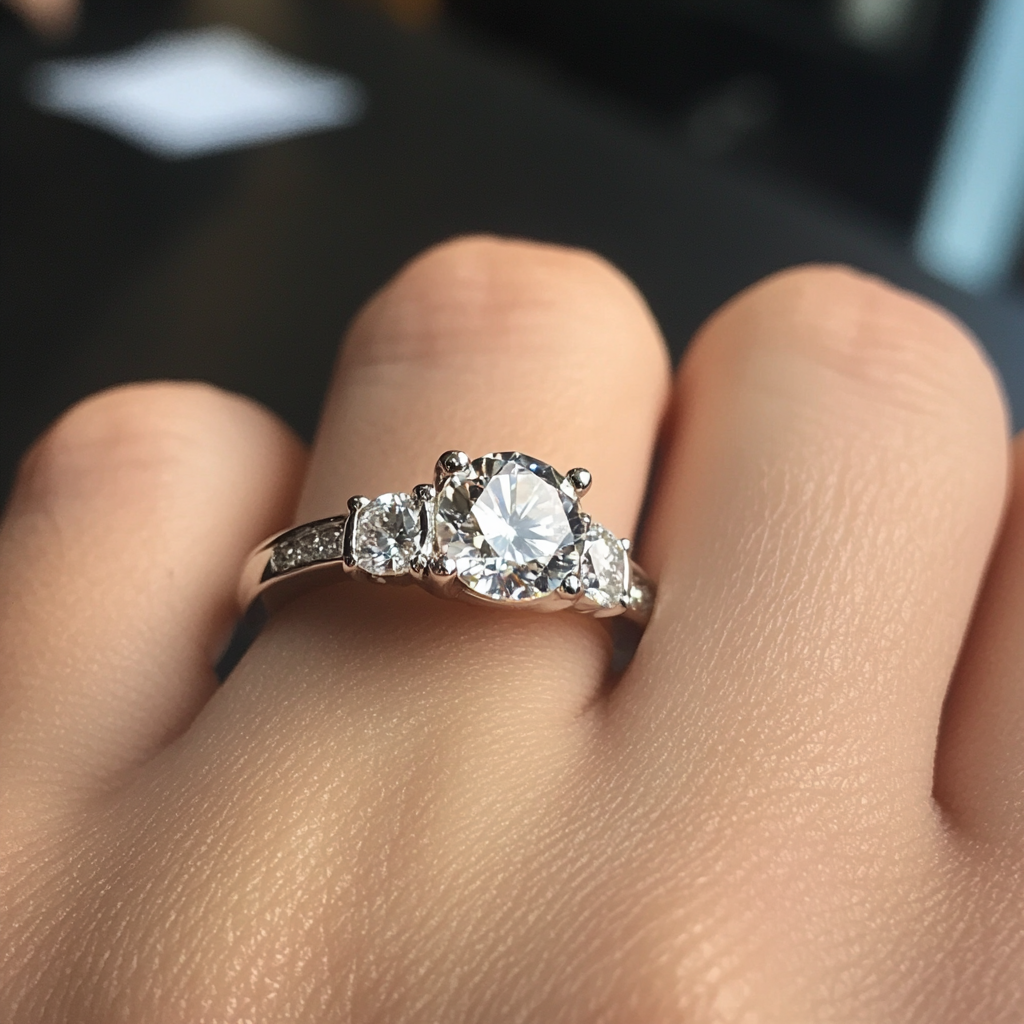AJ37
Rough_Rock
- Joined
- Sep 22, 2020
- Messages
- 40
Bryan you are totally doing what you asked me not to.Garry,
It's important not to conflate what the research actually concludes with anecdotal personal preferences. It can be misleading to the pricescope visitors who may not want to take a deep dive into the research papers themselves.
It's also important to understand that GIA has a huge trade constituency and have for years been trying to remove the stigma associated with fluorescence in order to increase inventory value and sell-through rates for that constituency. To their credit GIA acknowledges that goal, in this case in the Introduction of the article.
"Our goal is to provide a better understanding of the effect of blue fluorescence on diamond appearance and quantify it instrumentally. We believe this will help to reduce the confusion and biases in the industry and serve as a solid scientific foundation to ensure public trust with respect to diamond fluorescence."
And what I find particularly interesting in this study is the fact that while attempting to "ensure the public trust" GIA reveals another potential problem with strong fluorescence in loss of contrast.
This one is easier to understand:
Virtual Facets and patterns, a Discussion about step cuts.
This is the next article in the discussion of step cut diamonds. The main goal of this article is to show how virtual facets form patterns in diamonds. This is […]www.pricescope.com
You may not see much - although with a cheap UV penlight you will see a lot stronger blue than faint because historically GIA used the wrong long wave UV (365mn) to assess diamond fluorescence.
Also the grow light needs to appear white - not the blue red LED's
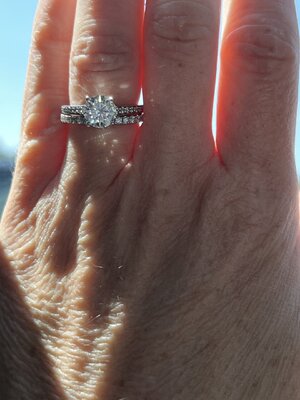

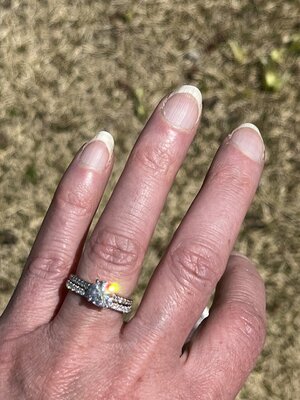
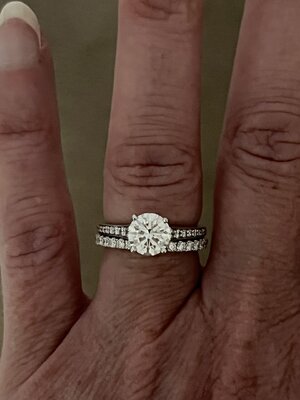

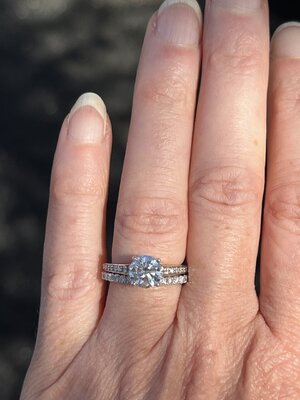
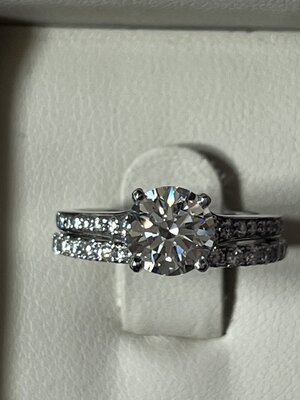
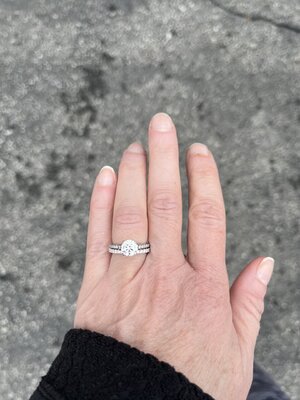
Bryan you are totally doing what you asked me not to.
I simply reported that the main author and researcher also prefers blue fluorescent diamonds as a way to mollify the fear factor that you threw out.
As you and many people hear know I have been warning people on this forum to avoid even Medium fluorescent diamonds that have significant clouds and internal graining.
Pretty sure you and others heard that first from my observations, along with warnings when the fluoro color is whitish pale blue. Correct me if I am wrong please.
I have also been the first, I believe, to point out that viewing diamonds in direct sunlight and blaming fluorescence for them appearing dark blue or black and that people should not do that at all.
At 52 minutes in this excellent video on the article Yun Luo mentions her fluorescent diamond preference."the fear factor that you threw out." Really Garry?
I was quoting from the GIA study that you first referenced in the thread.
The finding of loss of contrast due to strong fluorescence was important enough for the authors to reference it in their introduction, as well as devote a significant part of their conclusions talking about it. In fact, the "bulk contrast" methodology was a central part of this study on the effects of fluorescence on diamond transparency.
The fact that the study discovered contrast loss due to fluorescence (I believe this is the first time it has been reported), may be an inconvenient truth for those promoting the 'benefits' of fluorescence, but it surely is not fear mongering to mention it.
The importance of this aspect of the study is underscored in their final remarks speculating that this methodology my one day be used to add a transparency metric to GIA grading reports, something I have been advocating for several years
